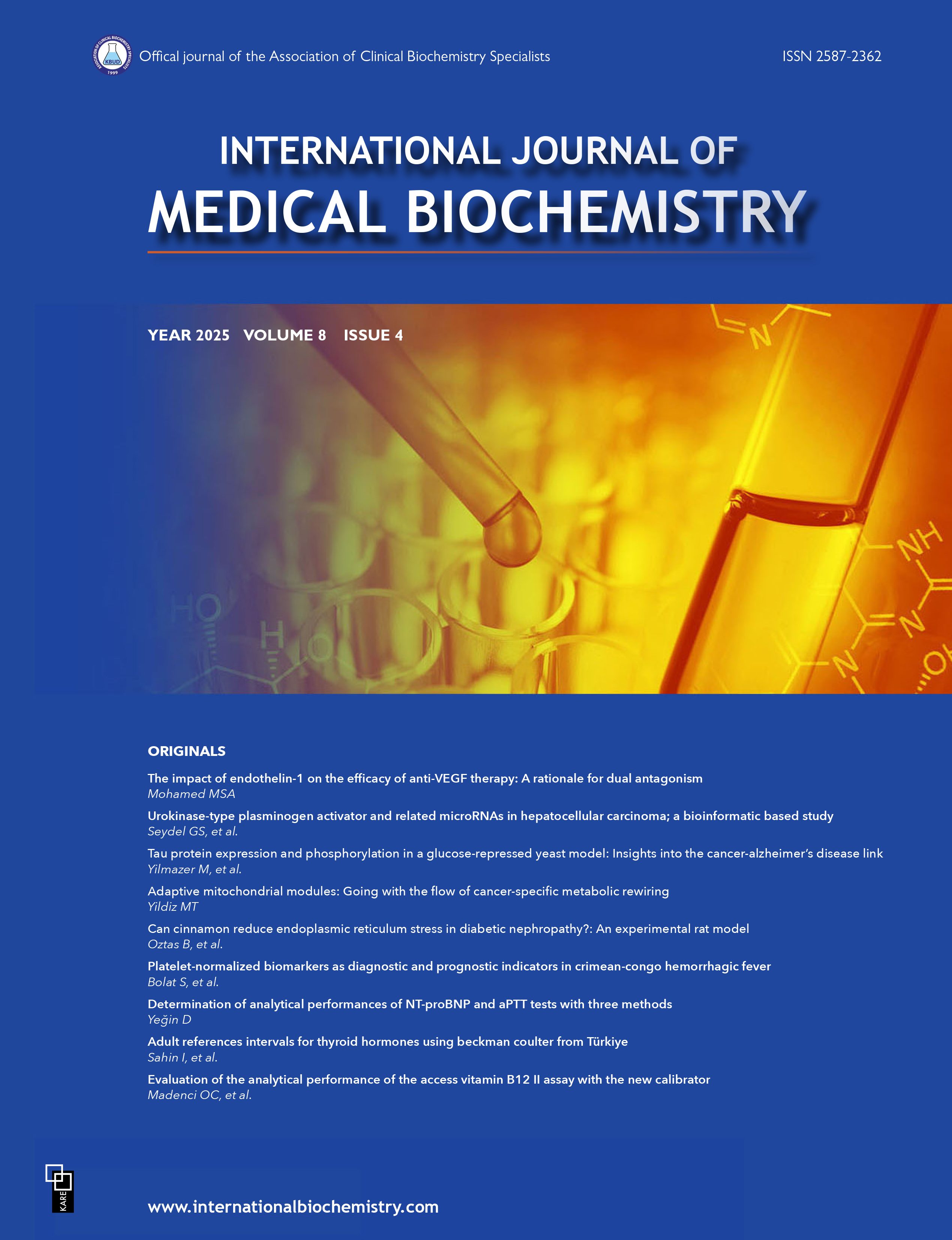The mechanism of apoptosis in human acute promyelocytic leukemia cells treated with sorafenib and lithium chloride
Aysun Ekinci1, Safiye Kaya21Department of Medical Biochemistry, University of Dicle, Diyarbakir, Turkey2Department of Medical Biochemistry, Istanbul University-Cerrahpasa, Cerrahpasa Medical Faculty, Istanbul, Turkey
INTRODUCTION: This study was an investigation of the mechanisms of sorafenib (SOR) and lithium chloride (LiCl), which cause apoptosis, in the acute promyelocytic leukemia (APL) HL-60 cell line.
METHODS: HL-60 cells were treated with 100 µM of SOR, LiCl, and a combination of the 2 drugs, and a control group was not treated. Cells were collected after a period of 24, 48, and 72 hours, and cell proliferation and the apoptotic index were assessed with a hemocytometer and flow cytometry analysis. The level of caspase-3, phospho-glycogen synthase kinase-3 beta (p-GSK-3β), phospho-protein kinase B (p-AKT), phospho-extracellular-signal-regulated kinase (p-ERK), p38, phospho-c-Jun (p-c-Jun), and phospho-inhibitor kappa B (p-IκBα) were analyzed using the enzyme-linked immunosorbent assay method. The effects of the drugs on cell ultrastructure were evaluated with a transmission electron microscope (TEM).
RESULTS: Single and combination drug administration decreased cell proliferation and increased the apoptosis rate (p<0.01 for both). The increase in apoptosis in the SOR+LiCl group was greater than that of the SOR group (p<0.01); however, there was no significant increase compared with the LiCl group. While both drugs increased the caspase-3 level (p<0.01 for both), LiCl increased caspase-3 activity more than SOR. Although p-GSK-3β levels decreased in the SOR group (p<0.01), levels increased in the LiCl group (p>0.05). Combined drug administration decreased the level of p-AKT and p38 (p<0.01 for both); however, it did not significantly affect the level of p-ERK, p-IκBα, or p-c-Jun (p>0.05). TEM examination revealed severe lytic cytoplasmic damage and apoptotic morphology, an indication of apoptosis.
DISCUSSION AND CONCLUSION: The results of this study demonstrated that in human APL cells treated with SOR and LiCl, increased apoptosis led to a decrease in tumor cells. This combination may become a preferred drug alternative for patients with APL and a mood disorder.
Keywords: Acute promyleocytic leukemia, apoptosis, cell signaling pathway, lithium chloride, sorafenib
Manuscript Language: English







